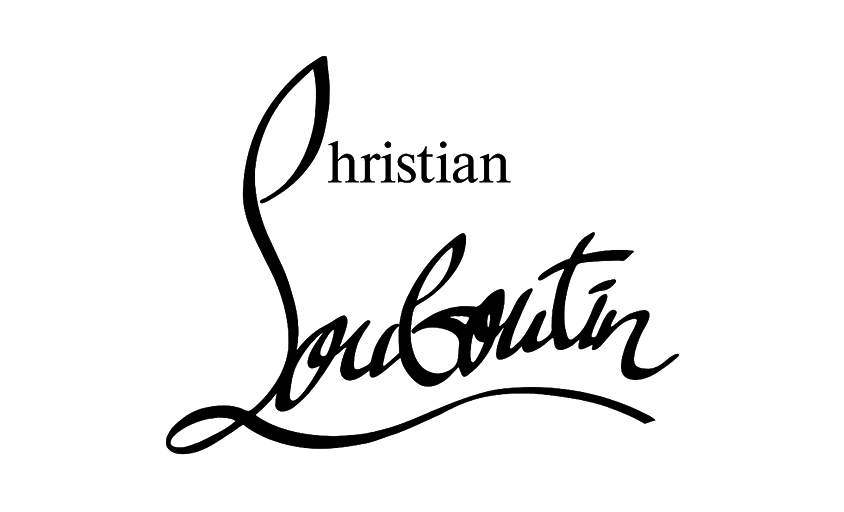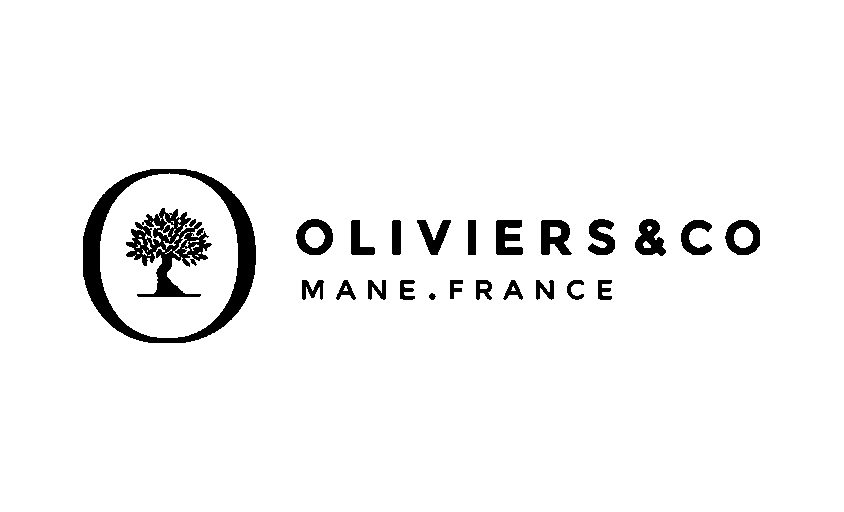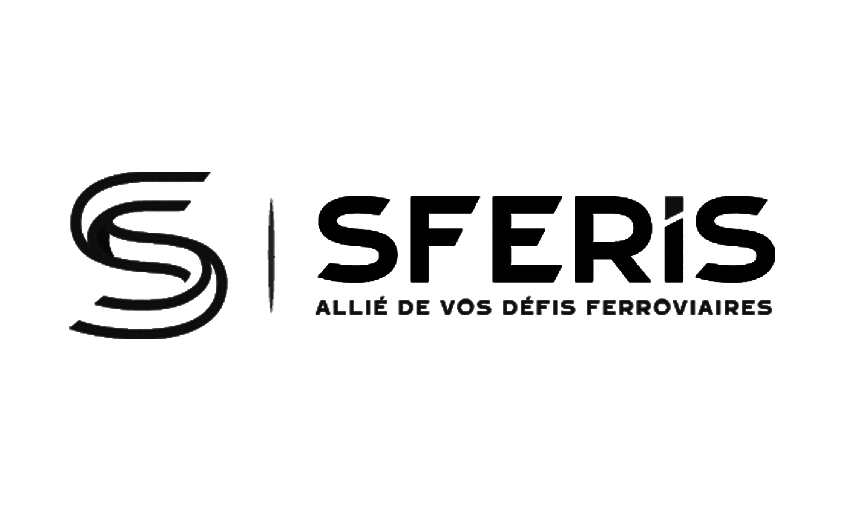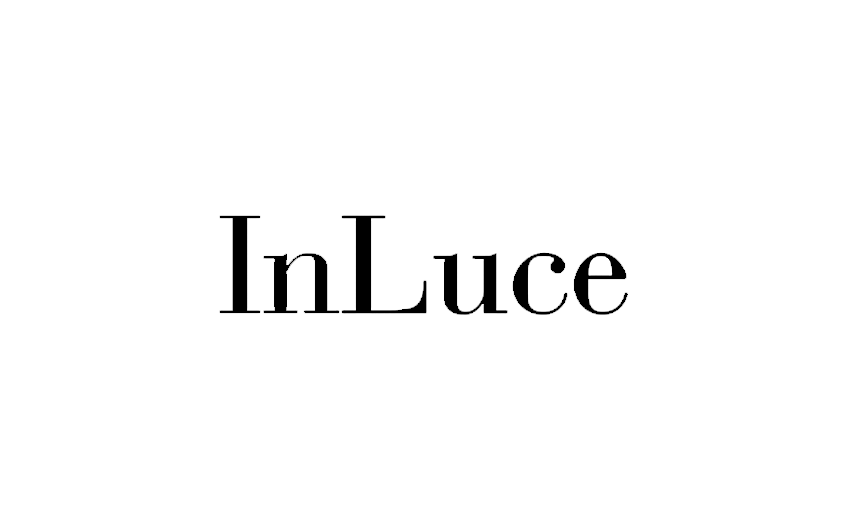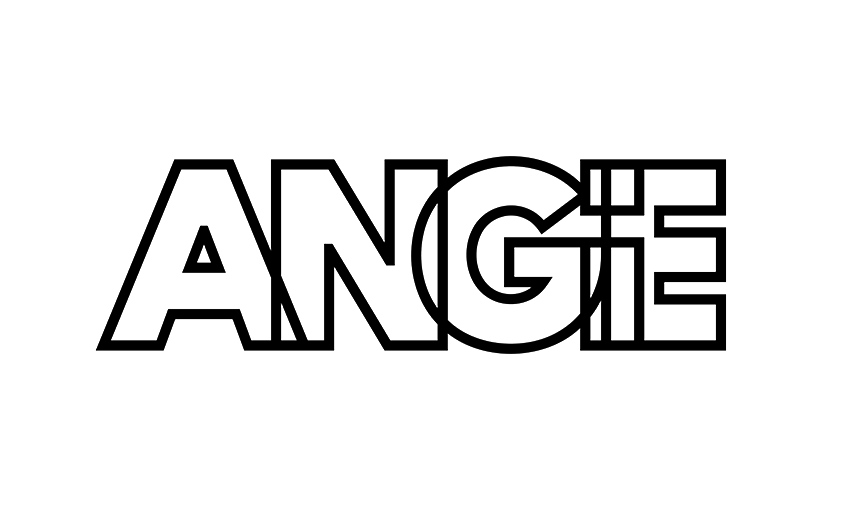Silver Print
In this article :
In the age of everything digital, printing, especially silver-based printing, may seem like an art form from another time. And yet, it has never garnered as much interest from photographers, collectors, and enthusiasts of authentic images. Because in this process, everything is material: the light, the paper, the chemical baths, the time. Printing a photo in silver is about bringing an image to life in the physical world, slowly and tangibly.
What is a silver print?
A silver print is a traditional photographic printing method using a film negative. Unlike digital printing, which starts from a file, silver printing relies on a chemical reaction between light and the silver salts present in the emulsion of photographic paper.
In simple terms: the negative is placed in an enlarger, light passes through it, and imprints a light-sensitive paper. The latent image is then developed through a series of chemical baths: developer, stop bath, fixer, followed by rinsing. It’s a precise process, often carried out in a darkroom.
Each step, every choice, influences the final result: contrast, depth, textures. This is what makes each print unique, even within a numbered series.
Why continue printing in silver?
While a simple click is all it takes to print a digital photo, why take the time to print manually, in the dark, with chemicals? For many, the answer is simple: silver prints give the images a soul.
Here are some reasons to choose silver printing:
- An inimitable result: the blacks are deeper, the gradients are subtle, and the texture of the paper contributes to the image.
- A slow and sensitive process: each print requires time, attention, and expertise. It’s a true act of creation.
- A sought-after authenticity: in the art world, a baryta silver print is often viewed as a more noble work than an inkjet print.
- A patrimonial value: silver prints are very stable over time, especially when properly fixed and stored. They can withstand decades, sometimes even centuries.
RC Paper or Baryta
In the world of silver printing, the choice of paper is crucial.
- RC Paper (Resin Coated): Used for test prints, reading prints, or images intended for more functional use. It is easier to dry, handle, and more affordable.
- Baryta Paper: The benchmark for exhibition or collection prints. Thicker, more delicate, with a rich range of tones and excellent durability. Printing on baryta is about aiming for excellence.
The Work of the Printer
The silver printer is to photography what the luthier is to music: an artisan of precision. They interpret the negative, adjust the exposure, modulate contrasts by masking certain areas (the famous “dodging and burning”), choose filters, density, and development time.
In some cases, they may even apply toning (sepia, selenium…) to give a particular hue to the image or enhance its chemical stability.
The printer is not just a technician; they are an interpreter, sometimes even a co-author of the image.
Contact Print, Film Plane, Enlarger
The silver print process comes with a whole technical universe:
- Contact Print: The negative is placed directly onto the paper, without any enlargement. The image is exactly the size of the film (commonly used in medium or large formats).
- Film Plane: Used by large format photographers (4×5, 8×10), it allows for extremely fine images.
- Enlarger: The device that projects the image from the negative onto the paper. There are various types, suited to 24×36, medium format, or large format.
- Darkroom: A space without any stray light, equipped for developing and printing photographs. The atmosphere is almost ritualistic: safelight, smell of the chemicals, focused silence.
The Return of Analog Printing
In recent years, analog photography has made a strong comeback. Not only in shooting (with Kodak, Ilford, or Fuji films being revived), but also in artisanal printing. Some young photographers embrace it for its aesthetic qualities, while others are motivated by ecological or cultural convictions.
In galleries, fairs, and specialized publications, the materiality of the image is being rediscovered. The grain of Tri-X, the velvety texture of Ilford baryte, the softness of an analog blur… these are qualities that digital still struggles to replicate.
Analog Printing and Artistic Value
In the world of fine art photography, analog printing remains a reference. It is often:
- Numbered (in limited editions)
- Signed by the photographer or the printer
- Accompanied by a certificate of authenticity
This type of print holds market value. It can be sold in galleries, exhibited in museums, and included in private collections.
The collector is not just seeking an image, but a photographic object, with its texture, history, and rarity.
Conclusion
Printing in analog is not just about producing an image; it’s about giving it substance, density, and a story. It’s taking the time to bring a photograph to life with hands, light, and chemistry.
At Rétines, even when working digitally, we remain committed to this printing culture. Because a beautiful image deserves more than a screen, it deserves to live in the material world.
Jérémy Carlo is the editorial director at Rétines, where he ensures the consistency and clarity of all content produced by the studio.
Our Clients
Let’s discuss
What we do for you at Rétines
Meticulous work, an organised project and fast delivery. And to achieve this, we mobilise the right resources in our teams at the right time.
01
Pre-production
Artistic and technical direction tailored to the project.
Relevant recommendations on content, form and resources.
02
Photo Shooting
Photos taken by our experienced photographers.
Production that’s controlled, efficient and tailored to the needs of the project, with nothing superfluous.
03
Retouching
Technique
Photographs magnified by our retouching team.
Post-production to meet the commercial challenges of the brief.


